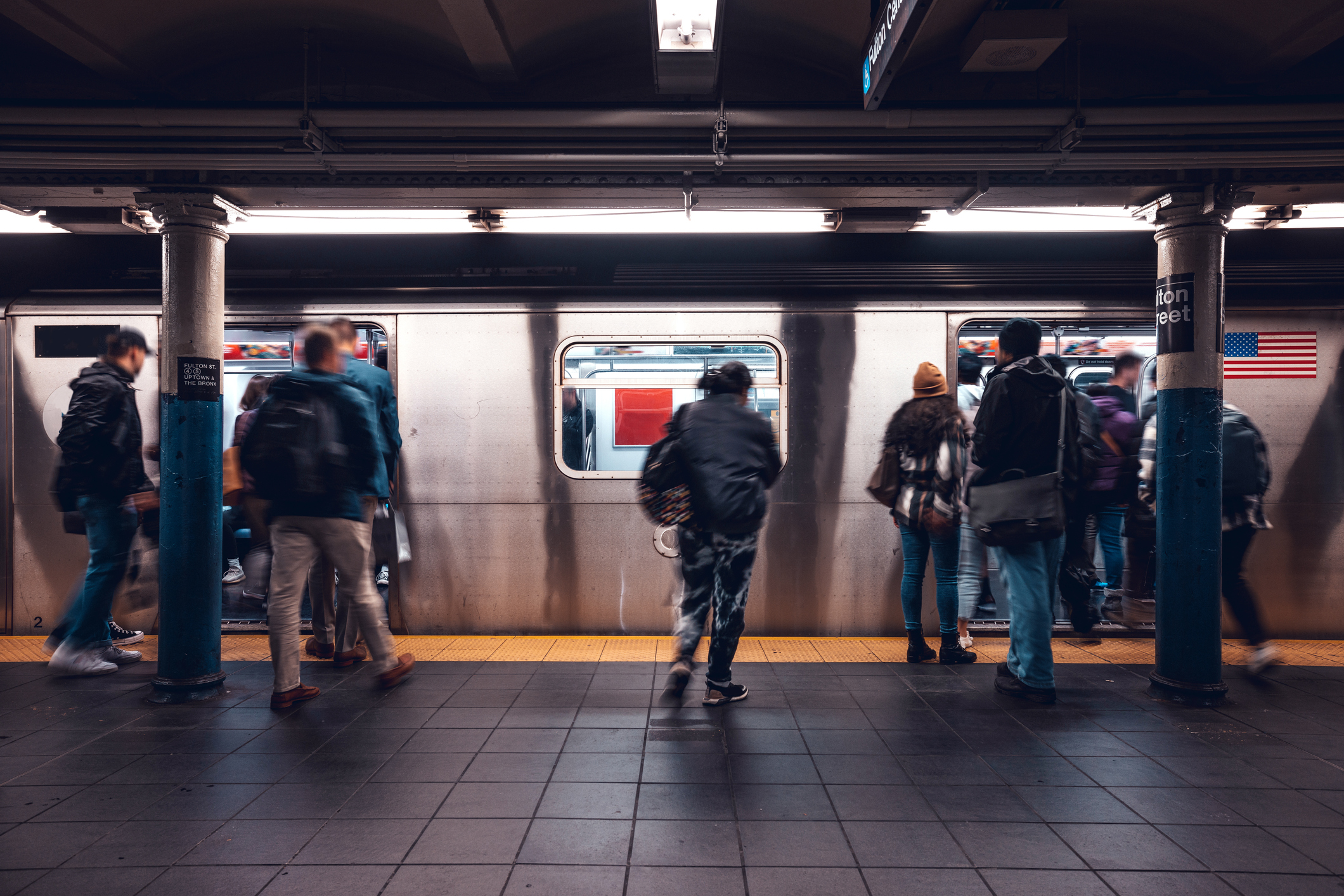
The New York City commute is about to get marginally more expensive, as the Metropolitan Transportation Authority (MTA) is raising the price of a subway ride for the first time since 2015.
An individual subway or bus swipe is increasing by a little over 5%, from $2.75 to $2.90, according to the MTA. Meanwhile, a weekly unlimited pass is increasing from $33 to $34 (3% increase) and the 30-day pass is going from $127 to $132 (4% increase). Students and seniors, who get discounted rates at half off base fare, will see an individual swipe go from $1.35 to $1.45.
This is set to be in effect by Aug. 20.
Additionally, fares on the Long Island Rail Road (LIRR) and Metro-North are going up by 4.5%, although the MTA notes: "Thanks to the additional 10% discount implemented in March 2022, monthly fares will remain lower than they were pre-COVID."
It's not looking much better for drivers. E-ZPass tolls on bridges and tunnels just increased from $6.55 to $6.94, according to NBC New York, and out-of-town drivers are uneagerly anticipating the start of surge pricing, with an expected rollout in spring 2024.
NYC subway ride cost increases in context
As someone who lives in New York, of course I want to grumble about this fare increase. But also as someone who lives in New York, I feel the need to defend our subway system from any and all haters. And in this case, the MTA may have a point to raise prices.
My family and I were talking about the price hike this weekend, and my dad remembered paying well under a dollar when he was a teenager living in Brooklyn, while my sister remembered when the price for a ride was still around $2 while she was in college.
So, we pulled up the stats and ended up with some interesting measures. In the last half of the 1970s, a subway ride was $0.50, according to 6sqft. Now, using the Bureau of Labor Statistics' CPI inflation calculator, $0.50 in January 1979 has the same buying power as $2.23 in June 2023 (the most recent data available). In that sense, for someone like my dad, the price of the subway has definitely increased faster than inflation.
But the story changes for younger and newer New Yorkers. When I first moved to New York in 2010, a subway ride was $2.25. That's the same buying power as $3.17 in June 2023, per the BLS calculator. So for me, the price of a subway has actually gotten significantly lower when you factor in inflation. The last rate hike was to $2.50 in March 2015; that would be $3.23 in June 2023.
Or you can think of it in another way: the price of a slice of pizza was higher than a subway ride in New York as of last year, so we've already upset the pizza principle.
I don't doubt that this fare increase is going to make budgets tighter. But this seems like a reasonable adjustment. Ridership is still down post-2020 and it costs money to maintain — and hopefully improve — a subway system, and this hike is supposed to help address some of that.
I really will defend the subway system to any non-New Yorker or new New Yorker who comes out swinging, because it's kind of a spectacular thing. Yes, there are sometimes delays, and yes, it smells terrible and there are rats. But it's a 24/7 system that generally functions, and it's a little miracle to be able to fully cross boroughs relatively quickly for less than $3. Plus, using public transportation instead of a car is generally good for the environment.
So when I get annoyed at the news of a fare increase, I just remind myself it's cheaper than a taxi — and still lightyears better than having to own a car to get anywhere.







